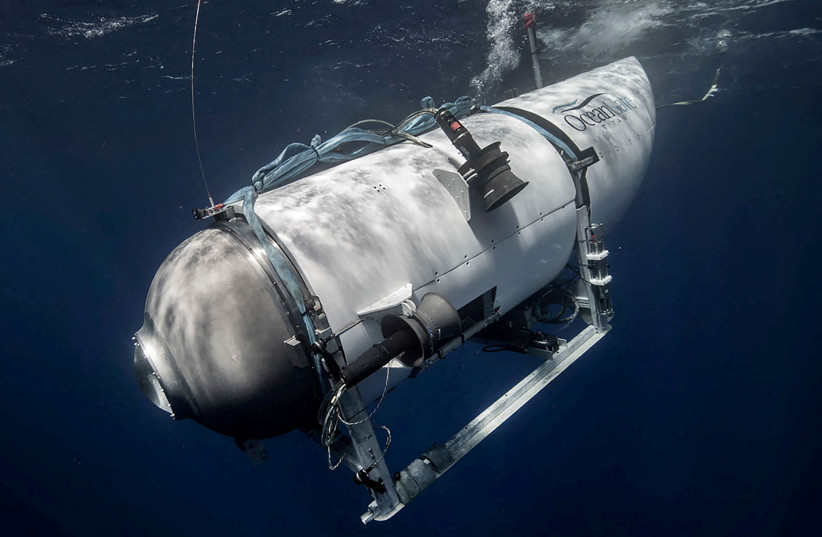Since the incident of the Oceangate submarine implosion, social media users have asked why the Titanic ship did not implode in a similar manner.
Jesse Kelly, a conservative political commentator, tweeted last month that he has "a really dumb question" regarding the difference between the submarine implosion and the Titanic sinking. Kelly's "dumb question," asked "If the water pressure is so bad that it can crush a sub like Whoopi Goldberg stepping on a grape, how is the Titanic sitting on the bottom and relatively intact?"
While his question received much backlash, with many mocking Kelly, one user by the name of N. Malone responded to Kelly's question, which garnered a lot of likes on Twitter, stating that "the back of the ship did actually implode like the sub had, which is why it is so much more damaged than the front.
"But because there were so many windows, had a lot of wood rather than metal, it wouldn't have looked like a small sub. The front didn't implode because when the Titanic was sinking, it did so gradually."
A report by IFL Science stated that implosions are a result of a difference in pressure between internal and external pressure.

Arun Bansil, a physics professor at Northeastern University, explained that when a submersible is deep in the ocean, it experiences the force exerted by water pressure on its surface. If this force becomes greater than the vessel's hull can withstand, the submersible will violently implode.
How did the Titanic not implode like the submersible?
While parts of the Titanic did implode, others managed to avoid this destructive event. The stern section of the Titanic likely imploded when it reached a depth of approximately 60 meters below the surface.
The sections of the Titanic that did not implode were able to do so because the air had been released from within, equalizing the pressure inside and out of the ship.
In such conditions, implosion is less likely to occur. As a result, enough of the ship remained intact.
